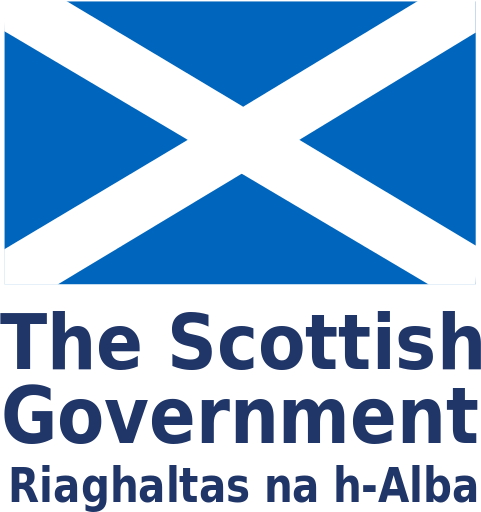Select the crosses for each colleagues decision and rationale
Prof Mark Barber
Decision
- No BP intervention
- No lysis
- Refer for thrombectomy
Discuss with an interventional radiologist re thrombectomy.
Rationale
Endocarditis is often considered a contraindication to thrombolysis. They are treated, sometimes because they present with a stroke before the diagnosis is formally made. My one experience of unknowingly treating a patient with SBE is that they bled intracranially (happily not seriously). If we are really dealing with a mycotic embolus then thrombolysis is unlikely to have an impact (and can cause harm). I don’t have the experience to now how easy thrombectomy would be in that vessel but, if it is possible, then worth trying that rather than taking the risks of thrombolysis.
Dr Tracey Baird
Decision
- No BP intervention
- No lysis – wait!!!
- No thrombectomy
Rationale
Whilst intuitively one would jump to urgent lysis here the bacterial endocarditis makes me nervous. Such patient’s often have multiple micro-emboli and a higher risk of ICH with lysis. If a vessel occlusion had been present I would happily have moved towards direct thrombectomy but no such occlusion is visible to me – I might re review with the neuroradiologist.
I may well end up lysing if no improvement by 60 mins but I’d be crossing my fingers!
Dr Anthony Pereira
Decision
- No BP intervention is needed
- Request CT, CTA & CTP
- No lysis
- Refer for thrombectomy
Rationale
This person has significant morbidity and is currently an inpatient. Their prognosis from stroke is already poor with this background.
I would request a CT, CTA and CTP. Here, the CT looks normal. I thought the CTA looked normal on this projection until I saw the CTP and ongoing back I realised there must be a left M2 occlusion.
There is some evidence that suggests thrombolysis is risky in people with endocarditis because of the potential for haemorrhagic conversion. In addition, the evidence is poor for intervening in an M2 occlusion (compared to an M1 or carotid terminus).
If I had all the investigations and information available within an hour of onset, given the severity of this syndrome, I would be tempted to intervene. I would discuss this with my neuroradiology colleagues. If they were confident of being able to perform a thrombectomy, I would take that option. If they could not, I would be very tempted to give thrombolysis. I would only consider thrombolysis because the time since onset is so short.
Dr Shelagh Coutts
Decision
- No BP intervention
- No lysis
- No thrombectomy
Rationale
I would not want to thrombolyse this patient given the history of endocarditis. I would worry about septic emboli or mycotic aneurysms. This is similar to the reasons we would not give heparin in endocarditis. This is a controversial area. Given that there is only a relatively small wedge of tissue at risk I would not treat either with thrombolysis or thrombectomy. Continue antibiotic therapy and discuss with cardiothoracic surgery re intervention on the valve.
Dr William Whiteley
Decision
- No BP intervention
- No lysis
- No thrombectomy
Rationale
Emboli associated with endocarditis are reputed to have a very high bleeding risk after alteplase and I would not consider this here. I would discuss thombectomy with my radiology colleagues to see whether they would consider thrombectomy, but the occlusion seems to be in a distal artery.
You have reached the end of this case study. What do you want to do next?


